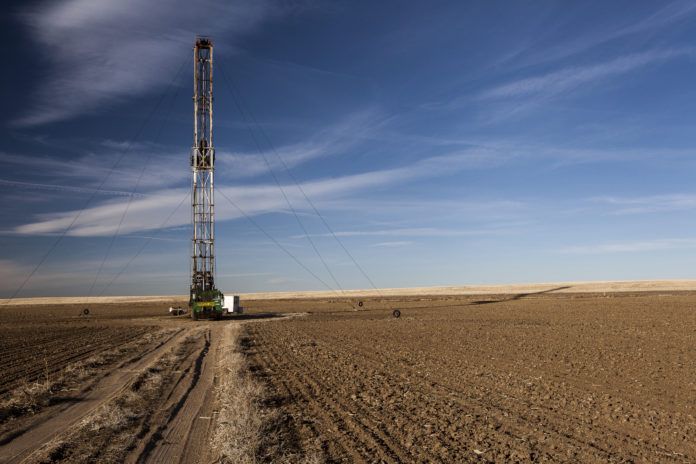Natural gas production in Louisiana will soon reach record heights, the Oil & Gas Journal reports, thanks to an outstanding resurgence of the Haynesville shale play.
Research from Rystad Energy—and independent energy research and business intelligence company—shows that the Haynesville shale alone was able to add 1.85 bcfd of gross gas production between fourth-quarter 2016 and fourth-quarter 2017. Another 1.3 bcfd was added last year. Production needs to increase by another 700 MMbcfd to reach new all-time highs.
“We conclude that Haynesville shale’s revival, for the second year in a row, looks sustainable,” Artem Abramov, Rystad Energy partner, says. “Supported by its proximity to a new LNG export terminal, gas production will continue to grow, and achieving new all-time high gas production levels should happen within a matter of months.”
Driven by Louisiana’s Sabine Pass LNG terminal on the Gulf Coast, U.S. LNG exports increased markedly in 2018. Rystad Energy forecasts U.S. LNG production to surpass 40 million tonnes/year in 2019 as liquefaction capacity is set to double, including additions at Freeport, Cameron, Sabine Pass, Corpus Christi, and Elba Island, according to the Oil & Gas Journal. While currently sanctioned LNG plants will produce about 65 million tpy by 2022, Rystad Energy forecasts production to reach 150 million tpy by 2030.
Prior to the collapse in U.S. gas prices in second-half 2008, the magazine notes, the Haynesville shale was one of the world’s most prospective shale gas reservoirs, with the capability to drive growth in U.S. gas production for years. But low gas prices from 2009 to 2011 effectively derailed Haynesville’s growth prospects. After peaking in fourth-quarter 2011, gas production in Louisiana entered a multiyear decline phase, losing nearly 4 bcfd by fourth-quarter 2016.


